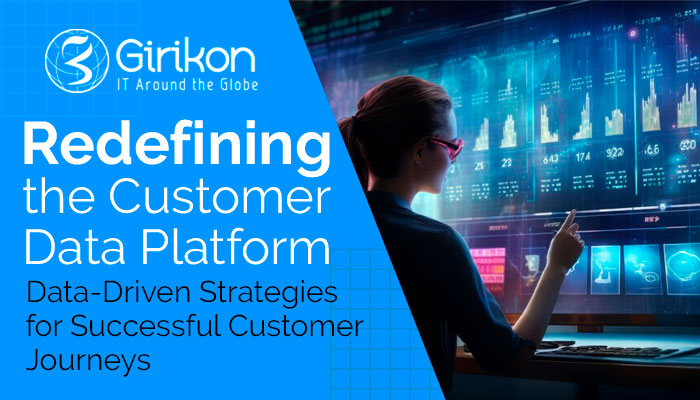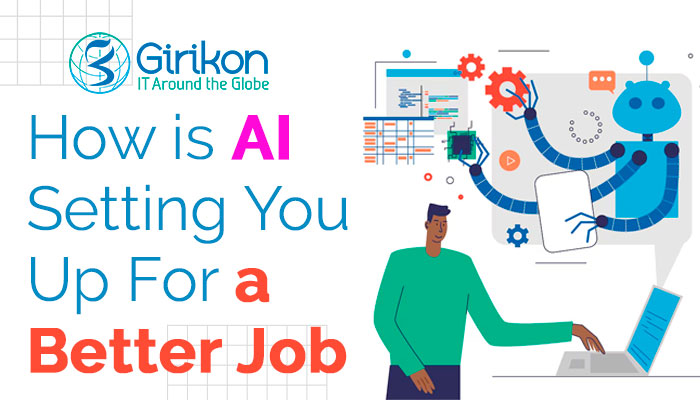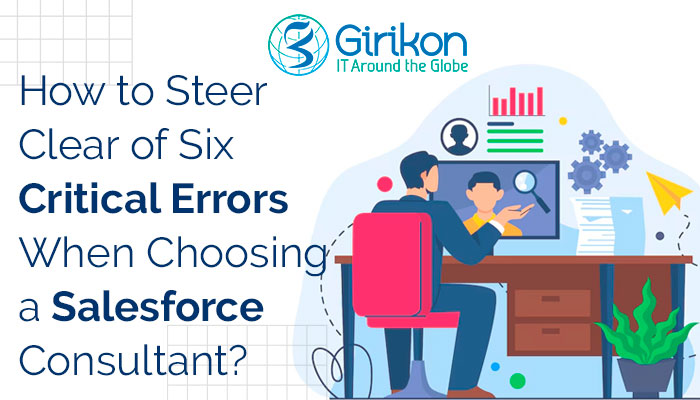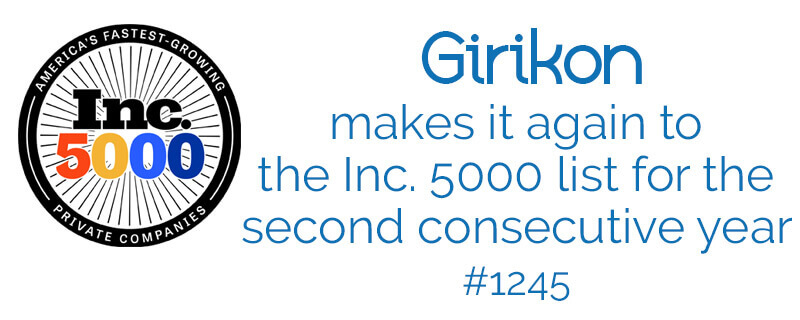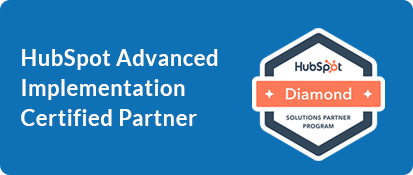Our Blogs
As an IT manager, you would have handled several rollouts and migrations, streamlined legacy systems, and upgraded cybersecurity. And now AI is staring you in the face. How ready are you to build AI apps that your business needs? Do you have in-house skills to build and deploy AI apps?
Whether you are building a customer service app or a marketing app, you can adopt a systematic approach to going about it. Here are 5 key steps to building effective AI apps for your organization.
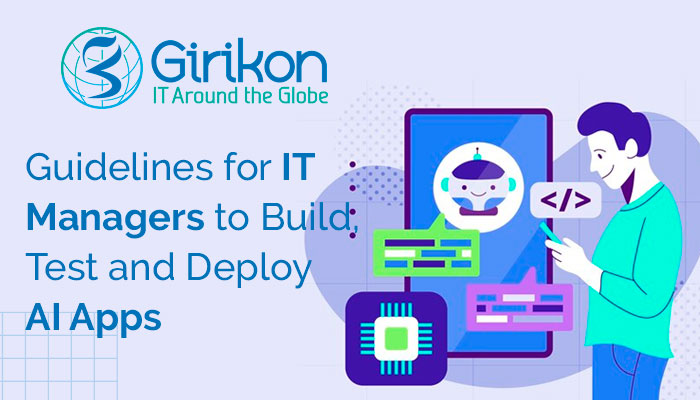
1. Define exactly what you want from your app before starting to build one
Businesses across industries have started to embrace the disruptive technology of AI for their everyday operations. Your competitors are likely deploying AI chatbots to provide 24/7 automated, intelligent, customer service.
But before you start investing time and resources in building AI apps, you need to answer some key questions.
What is the problem you’re trying to solve?
Talk with your business’s leaders. Do you want to boost sales? Improve customer satisfaction score? As a starting step, clearly define use cases.
Next, define the desired end state for each use case. This will help you estimate how much effort is required, who to involve, and whether you have adequate resources.
What are your competitors doing?
Understand what your competitors are doing with their AI tools and for whom. And how can you innovate further on those ideas?
And of course, you need to answer one important question – can you build AI apps in-house? Do you have the necessary skills and experience in your team to do this? Based on the use cases you have identified, will you require generative or predictive AI If you don’t have the skills internally like Machine Learning and Natural Language Processing, look for partners and ISVs for solutions and do a thorough comparison of their offers and capabilities.
2. Define the perimeter for ethics and security
As an IT manager, security, privacy, and accuracy are not alien to you. But AI amplifies the challenges and raises many risks such as bias and toxicity.
AI bias: Negative bias can be caused by algorithm error based on human prejudices or false assumptions. The consequence is an AI tool that works in unintended ways. Generative AI can propagate outputs based on errors and further amplify the problem.
Toxicity: Abusive language and hurtful comments can appear in AI-generated outputs. Researchers have found that assuming certain personas can amplify the toxicity of the response.
Before you start building your AI app, define trust and ethics parameters. Trusted AI should be empowering, and inclusive apart from being responsible and transparent.
3. Good data is the foundation of effective AI apps
If you are building generative AI apps, your machine learning models will train on the data that is fed to them.
AI machine learning models train on all kinds of data. And that data needs to be clean and free of redundancy. The more data your LLMs can be trained on, the better will be the output of your AI.
4. Choose the right technology for your AI app
The technology you select for building your AI depends to a certain extent on your use case. If your app summarizes text, processes language, or a knowledge base, you will need an LLM. Over time, as the LLM learns more about your business and its data, it can make logical interpretations and draw conclusions.
Building your own learning model can be expensive. You will need to hire data scientists and engineers with expertise in ML and NLP. While it is a lengthy cycle, if you do decide to take this route, once your team is ready you can take the help of libraries and toolkits and integrate them into your development.
Generative AI platforms and libraries
ML and DL platforms: Amazon SageMaker and Google Vertex AI have built-in libraries and tools to train your AI model and support multiple programming languages.
NLP toolkits: If you are building chatbots or virtual assistants, SpaCy is a great NLP toolkit for Python enthusiasts. OpenAI allows you to customize their GPTs for your apps.
Deep learning libraries: If you want to build apps for speech or image recognition, you can look at a deep learning library to find a framework for building, training, and deploying your apps. Open-source libraries such as PyTorch and MXNet can be used in combination depending on your use case.
Computer vision libraries: If you want your app to analyze images or video, you can use open-source libraries such as OpenCV and TensorFlow. PyTorch is another option that can be helpful.
Building AI apps with CRM data
If you want to build customer-interfacing apps, you will need to leverage your customer data. And without all your data in one place, that’s hard to do. You need an enterprise-grade CRM like Salesforce to make your AI app work best for you.
You can connect AI models to Salesforce Data Cloud without running into a wall. With the Model Builder (erstwhile called Einstein Studio), you can bring your own model into Salesforce.
5. Build AI apps and start deploying
In a recent developers’ survey conducted by Salesforce, it was found that 70% of developers use or intend to use AI for development. The biggest benefit developers see is reduced development cycles.
Try AI for code generation
Whether you use AI or not for code generation, you can reduce development time with the Einstein 1 platform for Salesforce. Einstein for Developers understands natural language prompts to write code in seconds.
The more precise your prompt, the better will be the quality of the code generated. Once the code is generated you can accept, revise, or reject it. Einstein for Developers uses a customized Large Language Model based on the open-source CodeGen AI model from Salesforce.
Use an IDE to accelerate development
A web-based integrated development environment (IDE) allows your teams to work from anywhere, anytime. You can modify and debug code and maintain source control in one place. Code Builder, the new IDE from Salesforce is preloaded with frameworks, has built-in integration with Git, and is free for admins and developers. Salesforce also allows you to integrate other IDEs with it.
Follow App Lifecycle Management and DevOps practices
Building and launching great AI apps need solid processes across stages of app development, along with collaborative tools for developers, data scientists, testers, and project managers. Salesforce has inbuilt AI tools like Einstein for Developers and Prompt Builder to come to your aid.
DevOps Center, available on the Einstein 1 platform, can help you to maintain version control, track changes and push your build for UAT and production.
If you prefer working with your own tools for IDE, project management, and DevOps, you can bring them into the Salesforce environment.
Connect with an AI expert today.
With over a decade of experience as a Salesforce Consulting Partner, our experts are always available to guide you through the process and answer any questions you might have regarding the potential of AI in your business.

 +1-480-382-1320
+1-480-382-1320 +61-1300-332-888
+61-1300-332-888 +91 9811400594
+91 9811400594
